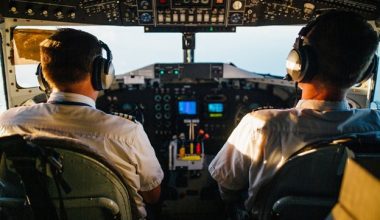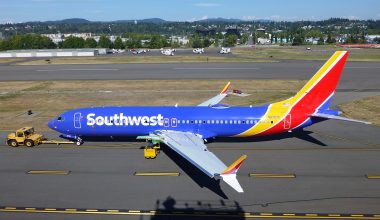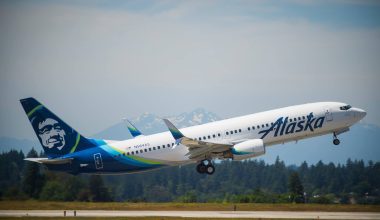Delta Airlines has decided to add 29 used Boeing 727-900 ERs and seven Airbus A350 to its fleet as it is building up strategies to deal with the after-effects of a year-long Covid-19 pandemic. The Atlanta-based airline plans to replace the older and less-efficient aircraft from its fleet with the 737-900 ERs and A350s; Delta airlines already consist of 130 fo 737-900 ERs in its massive fleet.
Read More: What are Delta Airlines future plans?

Delta started using its first wide-body designed 306 seater Airbus A350-900 in October 2017 for the flights designated to Asian regions. So, its fondness for the wide-body aircraft has encouraged the airlines to lease the seven used Airbus A350-900s from the AerCap for the long-route flights.
Delta’s Investment In Future?
The major American airline company is taking this step with future endeavors on the mind. In a written statement, the CEO of Delta, Ed Bastian, quoted.
“These aircraft are an investment in Delta’s future,”
The aviation industry has taken the most damage due to the outbreak of the Covid-19 virus worldwide; many airlines were forced to make drastic cutbacks and ground their planes without any further notice of re-opening the service. Many of the airlines had to compromise in some way or other to keep the business running. The drastic drop of demand for passenger and freight(lesser extent than passengers transport) air transport for the containment measures undoubtedly threatens the aviation sector’s vitality putting many jobs at stake.
However, this was an opportunity for the leading airline; airlines grounding thousands of their aircraft across the globe during the pandemic presented a profitable convenience for the airlines to add the new generation of aircraft into their fleet. The airline has yet to reveal the cost it had to deliver in order to welcome these 36 wide-body jetliners in the family. Although, they did reveal their plan to increase the fleet with these aircraft will increase the company’s $700 million capital expenditure in the second half of 2021.
Retirement of Older Jets
Delta had planned to retire the older jetliners from their fleet in September 2020; the airline plans to retire its 50-seater CRJ regional jets by the end of 2023 and its 110-seater Boeing 7171s the rest of the Boeing 226 seaters 767-300ER by the end of 2025. Delta plans to record $2 billion to $2.5 billion in non-cash charges related to the jets and may continue to consider the opportunities to retire other older-variants aircraft in its endeavor to modernize its fleet completely. The company revealed its plan the filing with U.S Securities and exchange commission and has already retired the MD-88 and MD-90 aircraft in June 2020, including the retirement of Boeing 777s in November 2020.

The ordered seven Airbus variants A350s are just a few years old and were previously in service with LATAM Airlines, a Delta-partner carrier in Latin America. And 29 of the 737-900 ERs were previously in service with the Indonesian-based Lion Air’s Fleet. The aircraft are expected to be delivered to Delta by the first quarter of 2022, and Delta plans to place them in the service immediately after completing the modifications.
Let’s hope the year 2022 will give a breather to the aviation industry, considering the continuous economic blows till the past half of 2021. The International Air Transport Association(IATA) even estimated the loss the aviation industry might have to bear in 2021 to be around $47.7 billion, which is undoubtedly an improvement on the massive loss of $126.4 billion in the year 2020. Even though 2.4 billion people chose air transport for traveling in 2021, the airlines are expected to go through an additional loss of $81 billion by the end of the year.
The worst economic crisis the aviation industry hasn’t seen in decades hit everyone with a surprise, the recovering industry to its 2017 peak net profit form of $37.6 billion, from $26.4 net profit in 2019 to $29.3 billion in 2020(pre-covid) pinned the business below profit margin after the outbreak. IATA believes that the whole industry will come financially weakened after the pandemic crisis is over, and the only way to aid the fast recovery of the industry might be through cost containment and reduction wherever possible.






